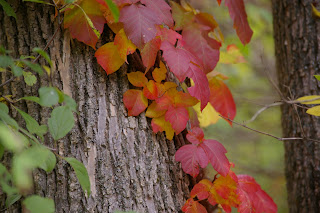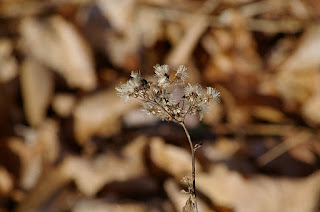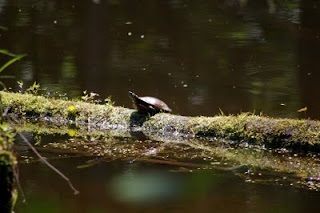Intended audience: Grade 4
Word count: 270
GIVING OSPREY A LIFT
As soon as Candace Cornell saw the osprey nest in the
stadium lights, she knew it was in danger. Ospreys are large, fish-eating birds
common around Cayuga Lake, a large lake in central New York. The nest which
Candace found was magnificent, nearly as big as a kitchen table. The ospreys
could perch high above the park and look out over the lake.
In a month kids would play sports in the park and the
stadium lights would be turned on. The heat from the lights could set the nest
on fire. Unaware of their danger, the ospreys continued to build. They flew up
to the nest with huge sticks trailing from their feet.
Candace called park officials and told them about the nest.
Officials had two options. They could avoid using that set of lights all summer
or they could move the nest. The ospreys had not yet laid eggs. Candace knew
the ospreys wouldn’t abandon the nest if the officials moved it a short
distance.
Volunteers built a wooden platform large enough to support
the branches of the nest. Usually a platform can go on a pole stuck in the
ground. In this case, the platform needed to be mounted on the lights
themselves.
The ospreys watched as a bucket truck raised the platform
high into the sky. Once the platform was mounted on the lights, the bucket
moved to the nest. People inside the bucket transferred the sticks to the new
location. When the people returned to the ground, they held their breaths.
The ospreys soared to their nest, now safe above the heat of
the lights.
Intended audience: Grade 7
Word Count: 250
SOME PLANTS LIKE IT
HOT
In the wetlands of eastern North America grows skunk
cabbage, a plant that can melt snow. Skunk cabbage flowers stay a constant
temperature, allowing them to bloom in late winter and early spring when the
air is often below freezing. Looking like gnome hats in a winter wonderland
after a late snow storm, each plant is circled by bare soil.
Skunk cabbages produce heat using the same organelles that
cells use to produce energy, the mitochondria. The process in plants is less
complicated than the one used by animals. Birds and mammals not only produce
heat, they can also control heat loss, for example losing heat by increasing
blood flow to the skin. Skunk cabbages can only change how much warmth their
cells produce.
Skunk cabbage is one of several plant species that can turn
up the heat. Other, related plants live in warmer regions where they use heat
to attract pollinators. Warm smells spread farther than cold smells. Many of
these plants are pollinated by carrion-eating flies and beetles, so they smell
like rotting flesh and have names such as dead-horse arum and corpse flower.
These flowers even feel like a fresh carcass because they’re so warm.
Some people don’t like how skunk cabbage smells either.
Flies looking for flesh pollinate skunk cabbages, but so do bees looking for
pollen. The species is unique in using heat to flower in the cold rather than
using heat mainly to increase pollination. They’re using an old trick for a new
purpose.















































